There is likely no show more dearly held in our childhood memories than Avatar: The Last Airbender, a story with themes of loss, grief, friendship, family, and love. Its central character, Aang, is the last of the Airbenders after the Fire Nation wiped them out. As the Avatar, he must stop the war, kill the tyrannical Fire Lord, and set things right again.
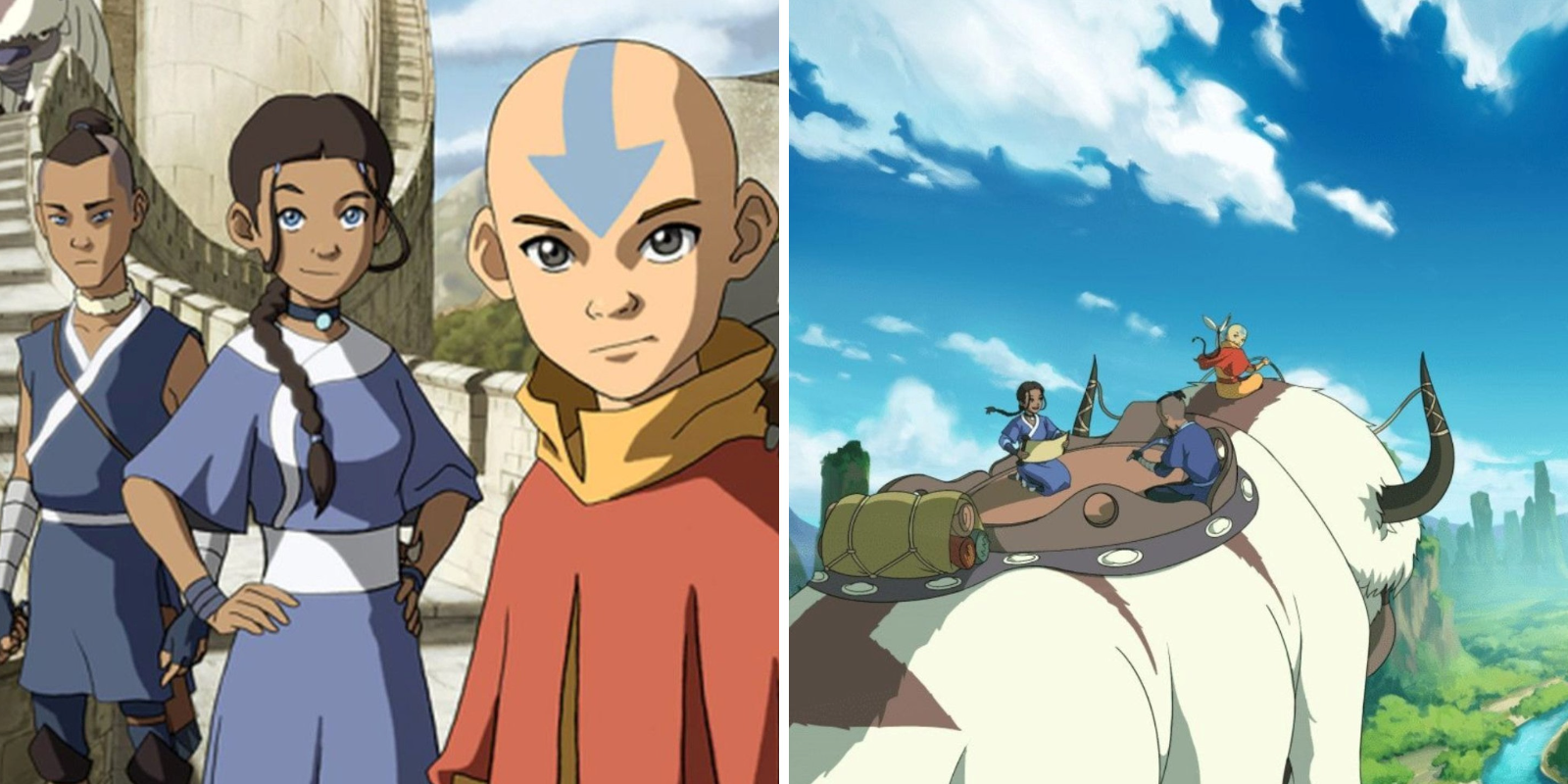
Related
9 Best Avatar: The Last Airbender Video Games
With a line-up of confusing failures on multiple platforms, this franchise actually spawned a few video games that somewhat resonated with the fans.
We learn pretty quickly that the Avatar is the most powerful bender in the world, having control of all four elements. There is only one Avatar at a time, with the Avatar Cycle having gone on for ages. But what is the Avatar Cycle, and how is the next Avatar selected? Without further ado, here is the comprehensive rundown you need about the Avatar Cycle.
What Is The Avatar Cycle?
The Avatar Cycle has been going on for a whopping 10,000 years ever since Avatar Wan kickstarted the process. In Avatar: The Last Airbender, it’s understood that it is a reincarnation cycle where the next Avatar is determined through a chronological sequence of elements: Fire, Air, Water, and Earth.
However, we get a more detailed explanation in The Legend of Korra when the show explores Avatar Wan’s backstory. Wan had unified with Raava — an ancient spirit of peace and light — in an effort to defeat the malevolent spirit Vaatu. Their merging resulted in the first Avatar, which is what allowed the Avatar to wield all four elements.
Once Wan dies, we see Raava escape from Wan’s body and hear a baby cry, implying that Raava merges with her chosen host (and the next Avatar) upon birth.
How Is The Next Avatar Identified?
Although we know that the Avatar is chosen through a firm cycle of elements and a merging with Raava, the question turns to how they know who among them was born the Avatar.
For the Air Nomads, we know that all of their children undergo a simple process. They’re placed in front of numerous toys and must select four toys that they feel most connected to. This was how Aang was discovered to be the Avatar, as he had selected relics that had belonged to past Avatars.
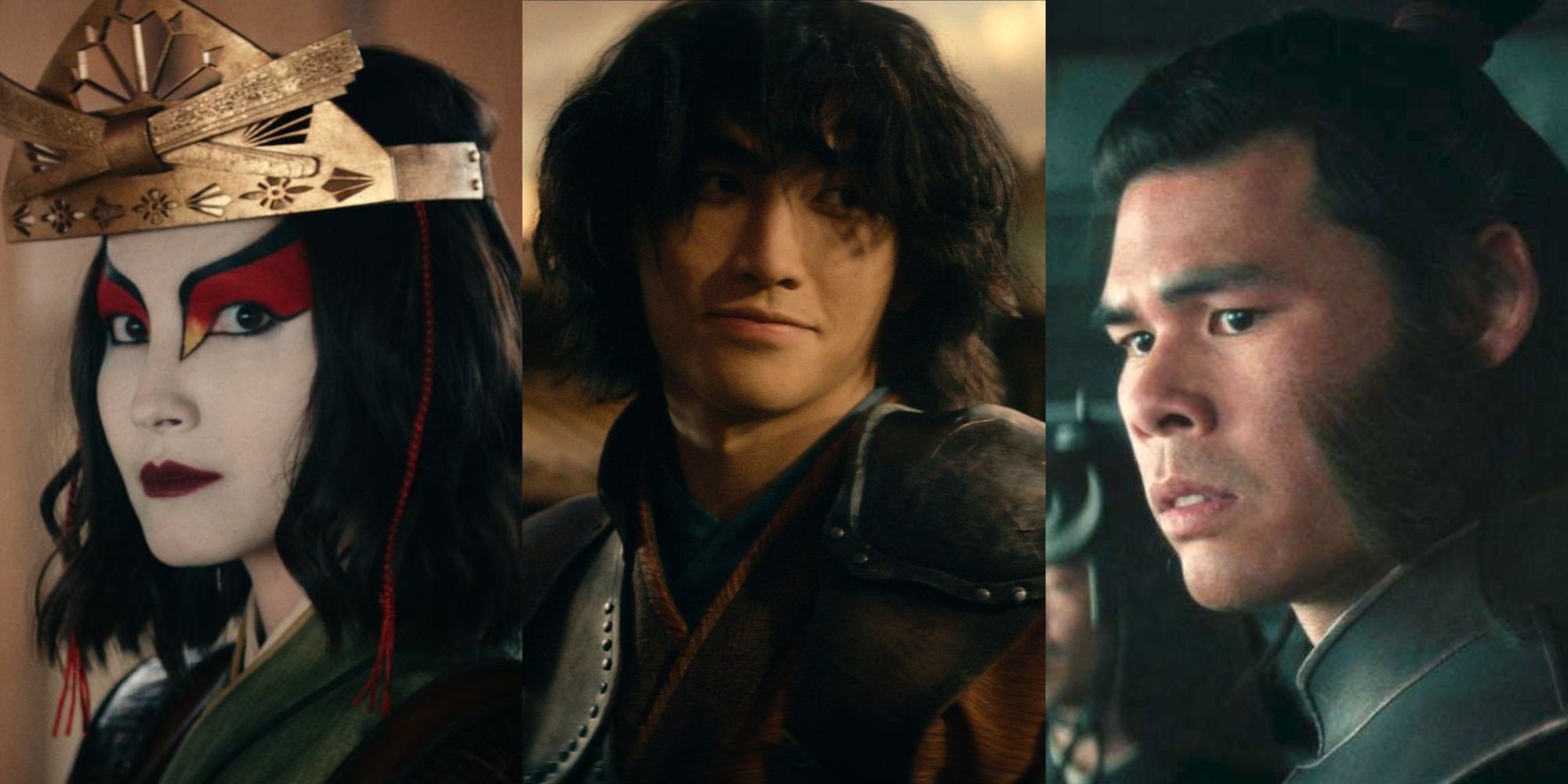
Related
Avatar: The Last Airbender – 10 Biggest Differences Between The Series And The Cartoon
Some things had to change for the ATLA cartoon to become a live-action Netflix show – these are the biggest changes.
We’re able to learn about the identification process for the Earth Kingdom through the 2019 novel, The Rise of Kyoshi. The Earthbending Sages used a method called directional geomancy, a real-life method of divination practised in various cultures. They would use bone trigrams and begin to narrow down the location of the Avatar based on where the bones fall. However, in the book, this failed to work since Avatar Kyoshi was homeless and regularly travelled.
As for the Fire Nation, the Fire Sages simply used to read auras to identify the Avatar. However, they changed tack and resorted to reading charred bones after the distance between the mortal and spirit worlds was too far to bridge.
But when it comes to the Water Tribes, there is next to no information concerning how they identify the Avatar when it’s their turn.
An Avatar’s Duty
When you watch either Avatar: The Last Airbender or The Legend of Korra, you’ll regularly hear characters state that the Avatar’s responsibility is to ‘restore balance to the world’. Each Avatar appears to be faced with opponents that threaten the peace of the world, from Wan with Vaatu to Aang with Fire Lord Ozai.
Since the Avatar’s sole duty is to the world, they would have to maintain neutrality and put their biases on the back burner. And due to the sheer high stakes of protecting the world, the Avatar has to, at times, do things that go against their moral code.
For example, due to the Air Nomads’ pacifist ideals, Aang was reluctant to kill Ozai, but Avatar Yangchen (an Air Nomad herself) had no compunction with being ruthless when necessary.
The Avatar State
As the strongest bender in the world, the Avatar is not only powerful because he or she controls all four elements. The most prominent and powerful aspect of their powers is the Avatar State. When entering this state, the Avatar’s eyes glow (and, in Air Nomads’ case, their arrow tattoos as well) and they speak with the voices of Raava and all the past Avatars.
The Avatar State allows the Avatar to embody all the past Avatars who’ve come before, and use their combined experience and knowledge. It also grants the Avatar increased control over the elements and access to bending techniques they haven’t mastered, as well as an overall power-up. And as the bridge between the Spirit World and the human world, the Avatar could merge with spirits, as shown by Aang’s fusion with the Ocean Spirit to repel the Fire Nation forces.
An additional perk to the Avatar State sees the Avatar able to take on the form of past Avatars, essentially letting their past selves possess them. This is demonstrated when Aang allowed Roku to take over during the summer solstice and Kyoshi during the Avatar Day festival.
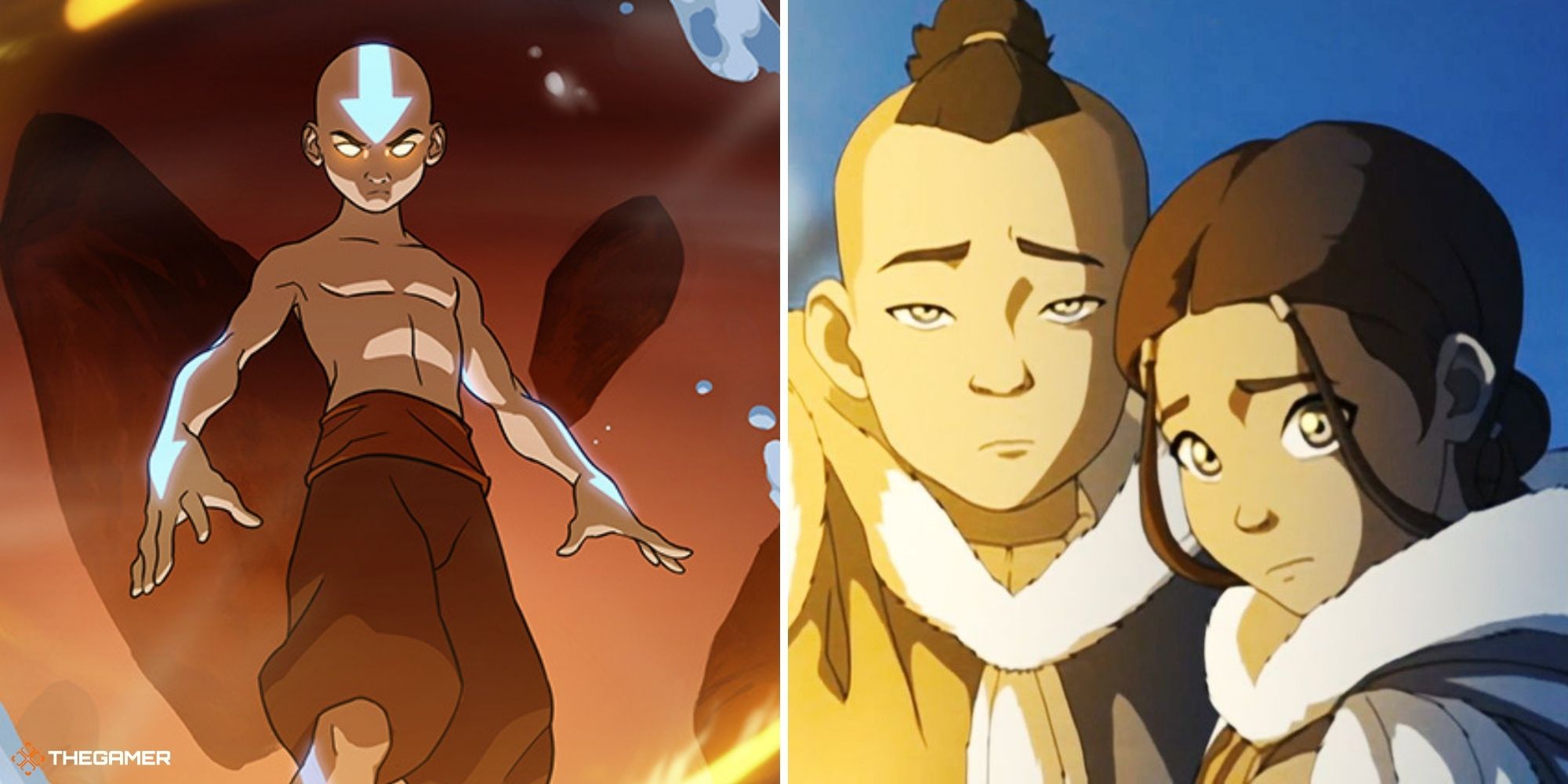
Related
Things Everyone Gets Wrong About Avatar: The Last Airbender
It’s way worse than people just mistaking it for a blockbuster movie.
The most common case is that the Avatar State is triggered when the Avatar is in extreme danger or is experiencing severe emotional distress. After sufficient training and eventual mastery, the Avatar can consciously activate it whenever needed.
Although the Avatar State is the Avatar at his/her strongest, it’s also the most vulnerable state they could be in. According to Avatar Roku, should an Avatar be killed when in the Avatar State, it would mark the end of the Avatar Cycle. For example, Aang had difficulty accessing the Avatar State after he was wounded by Azula’s lightning when using it.
Notable Avatars In The Series
Avatar Aang
The main character of Avatar: The Last Airbender, Aang ran off after being told he was the Avatar, which inadvertently saved his life. After being frozen for a century, he bands together with Katara and Sokka (and later Toph) to master all four elements and put an end to the Hundred-Year War. He was able to defeat Ozai, making him powerless by taking away his bending from him.
Avatar Korra
The next Avatar after Aang, the peaceful times Aang and his friends helped create allowed Korra to master three out of four elements at the start of the show. Korra’s journey sees her tackle enemies from Yakone to Kuvira and deal with the return of Vaatu.
Korra ultimately decides to leave the portal to the Spirit World open, believing it’s the right thing to do.
Avatar Roku
Aang’s predecessor and former best friend to Fire Lord Sozin, Avatar Roku’s life was defined by dissuading Sozin from his goal of conquering the world. Unfortunately, Roku wanted to believe the best in Sozin and did not expect to be betrayed and left to die atop an erupting volcano.
As a past incarnation, Roku is instrumental in advising Aang as well as helping him navigate the Avatar’s powers.
Avatar Kyoshi
One of the strongest Avatars, Avatar Kyoshi was a formidable woman with a strong sense of justice. She was the founder of the Kyoshi Warriors and created Kyoshi Island using her Avatar abilities as a safe haven.
Kyoshi also killed Chin the Conqueror and stopped his tyranny from spreading. She is noticeably more ruthless than Roku, Aang, and Korra, quashing wars and not hesitating to kill. However, her founding of the Dai Li had negative consequences for Avatar Aang later down the line.
Avatar Wan
The first-ever Avatar, Avatar Wan was once a small-time thief who was exiled to the wilds but was able to form strong friendships with the spirits there. He helped Raava find and defeat Vaatu out of a sense of guilt and morality, and during the final battle, merged with Raava and thereafter started the Avatar Cycle.
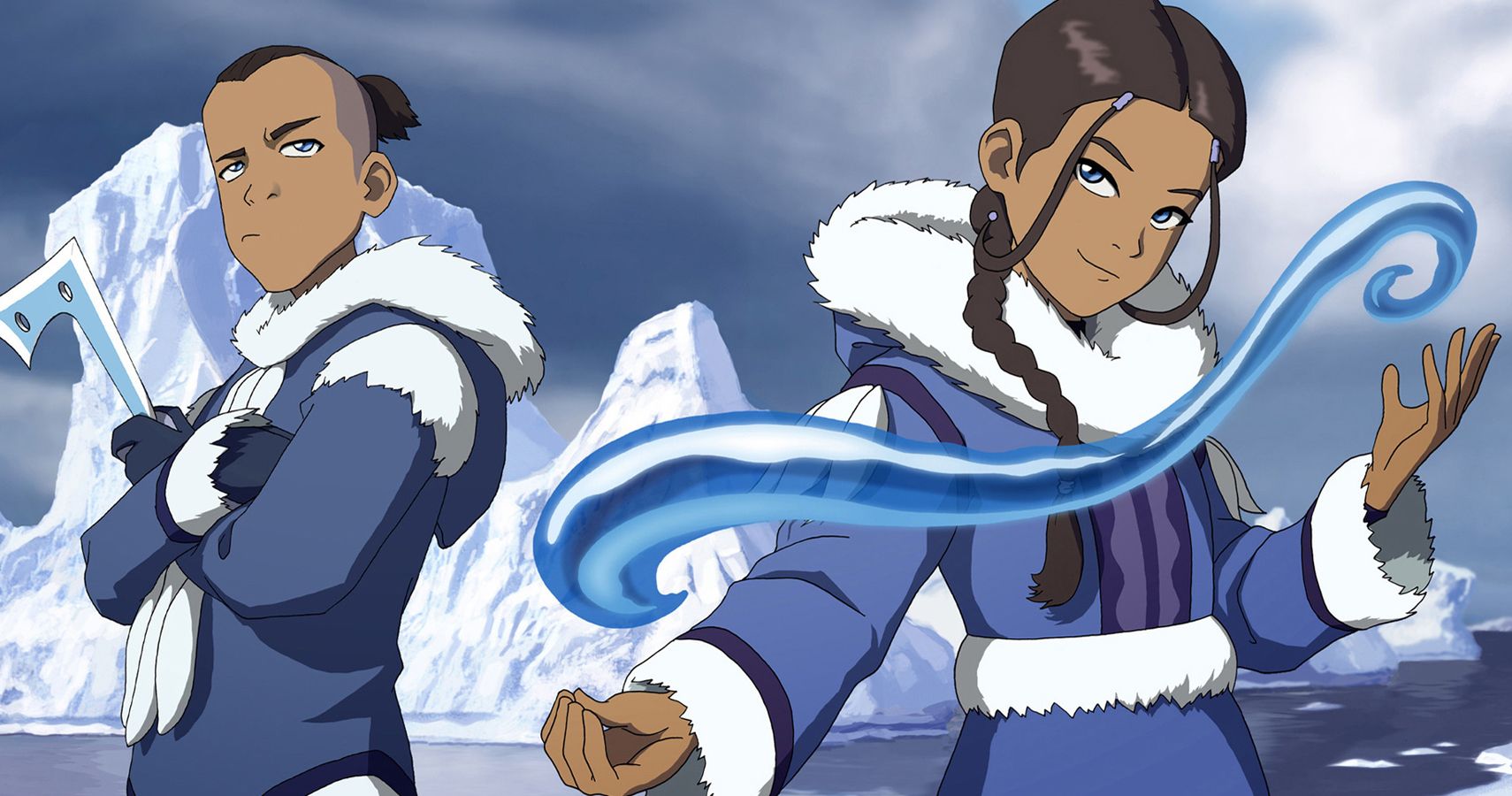
Next
25 Things About Katara That Make No Sense In Avatar: The Last Airbender
Katara is one of the most loved characters in the Avatar universe, but there are a lot of things about her that just don’t add up.
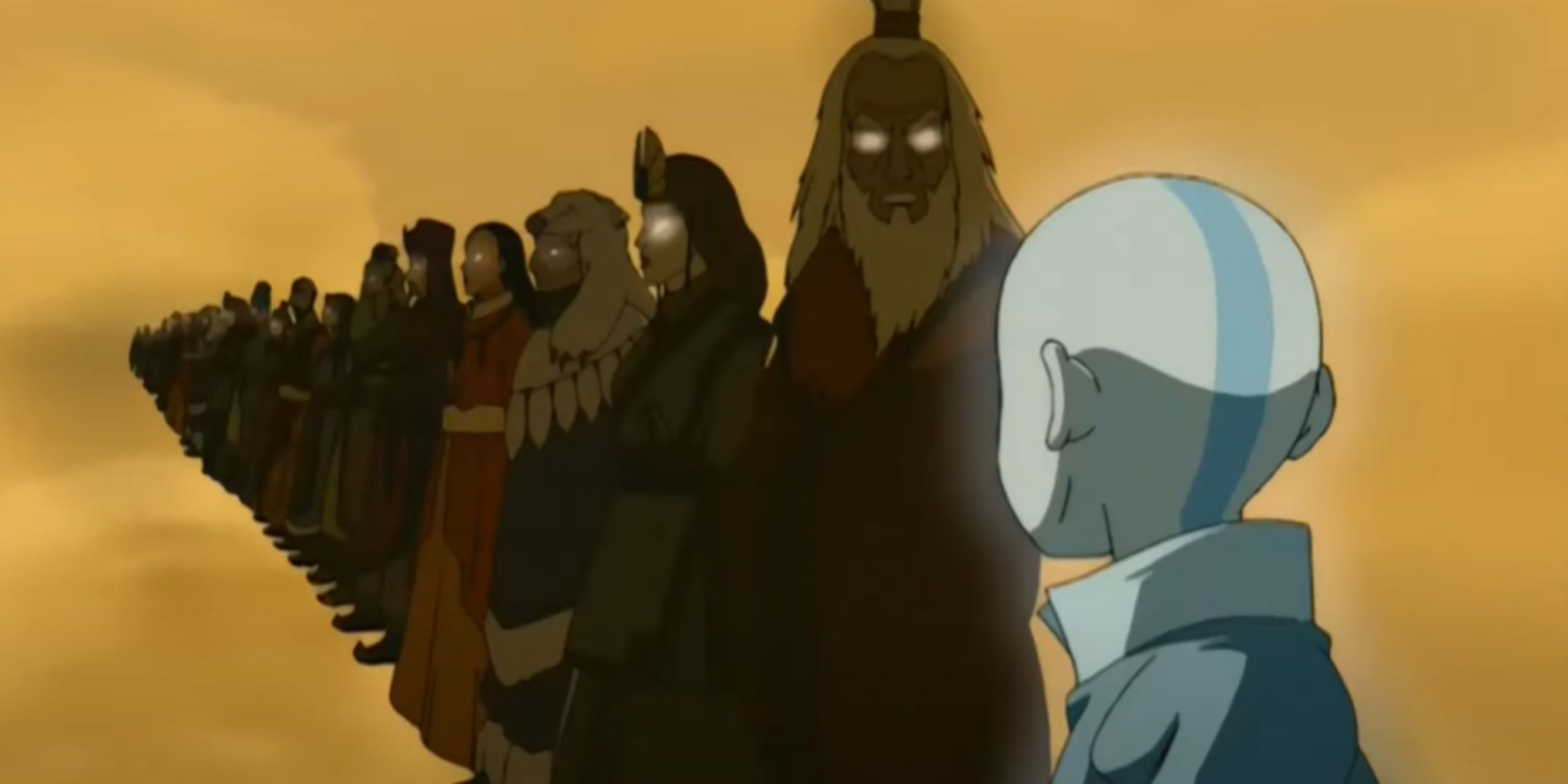
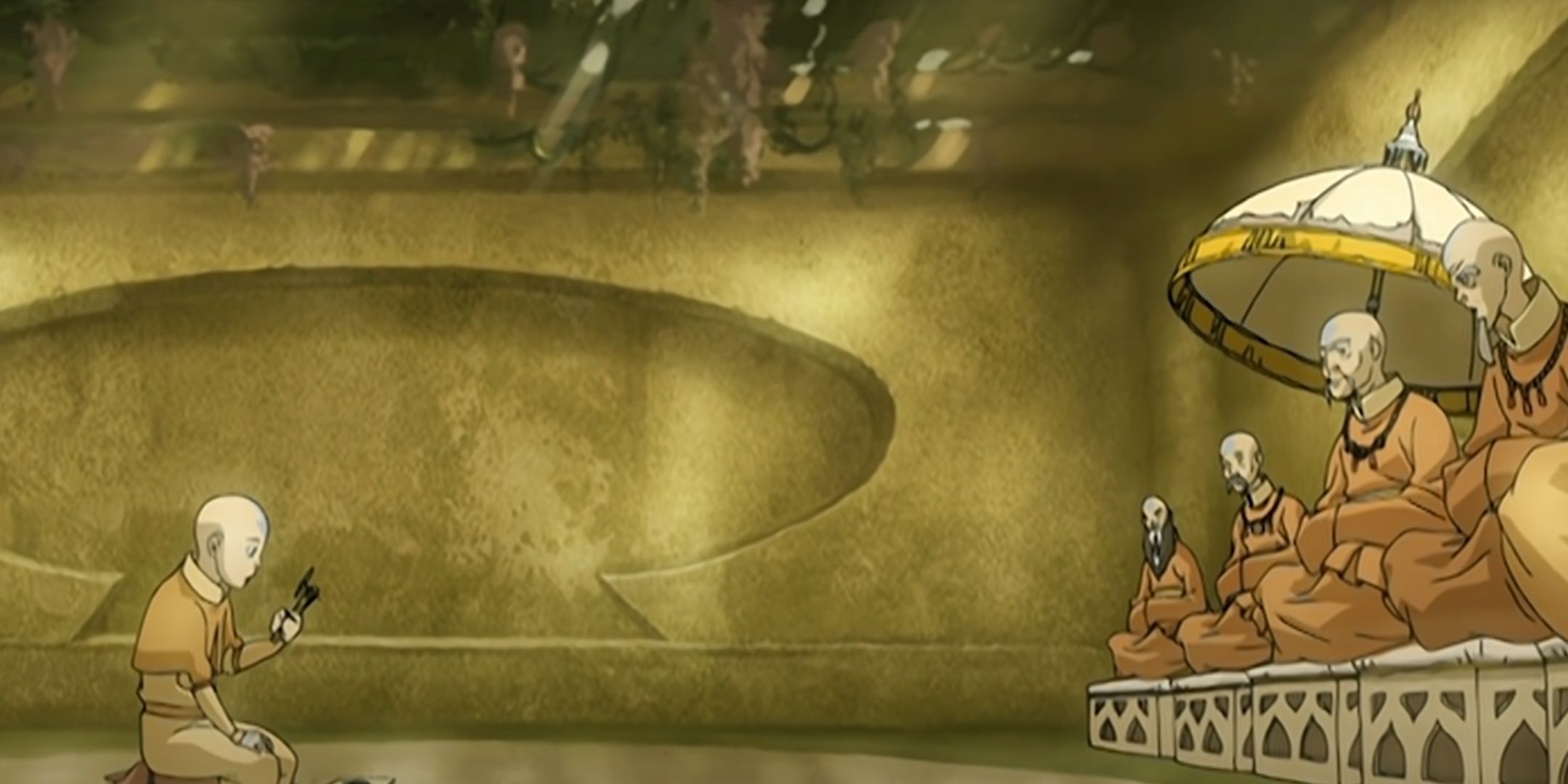
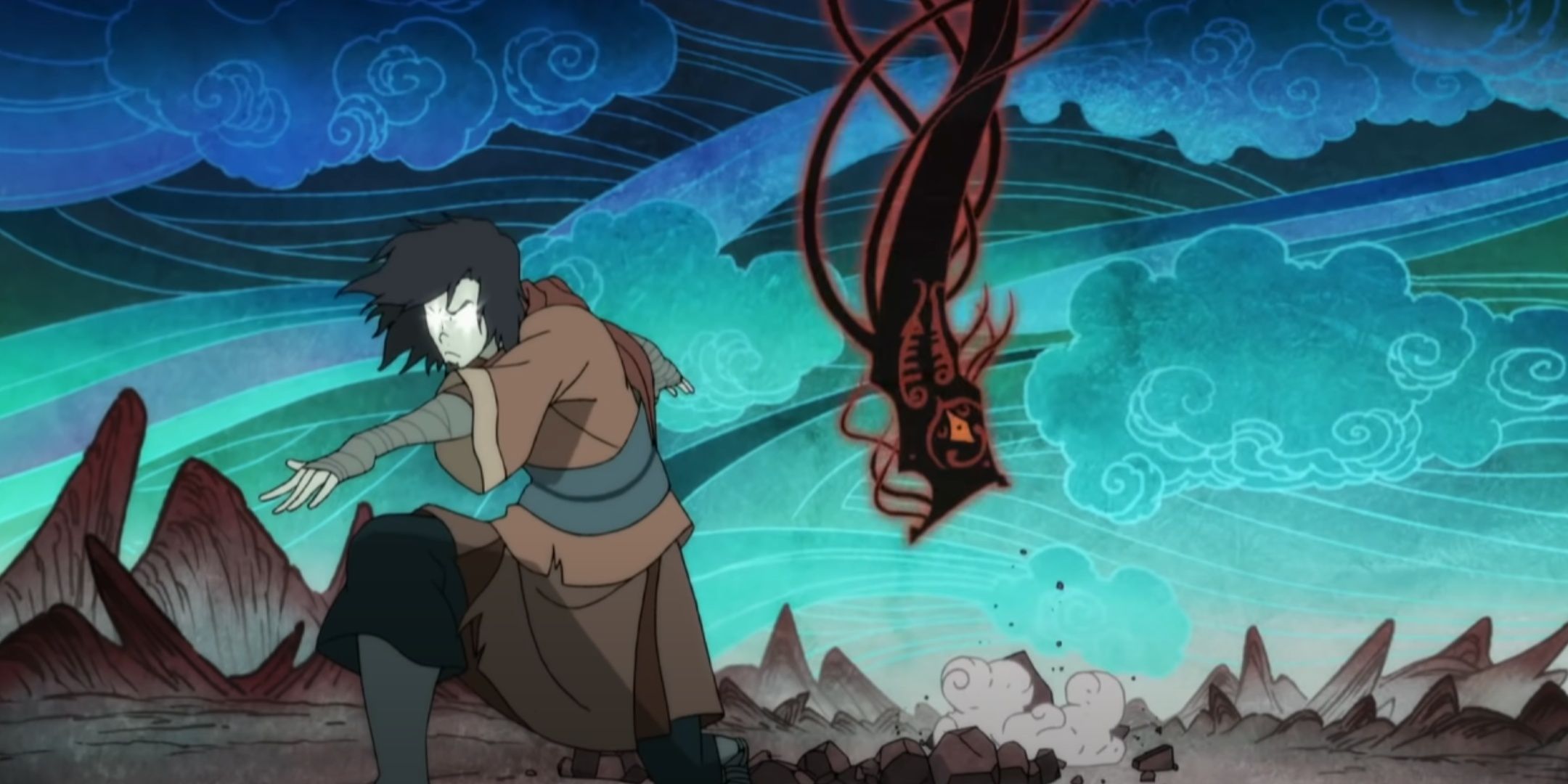
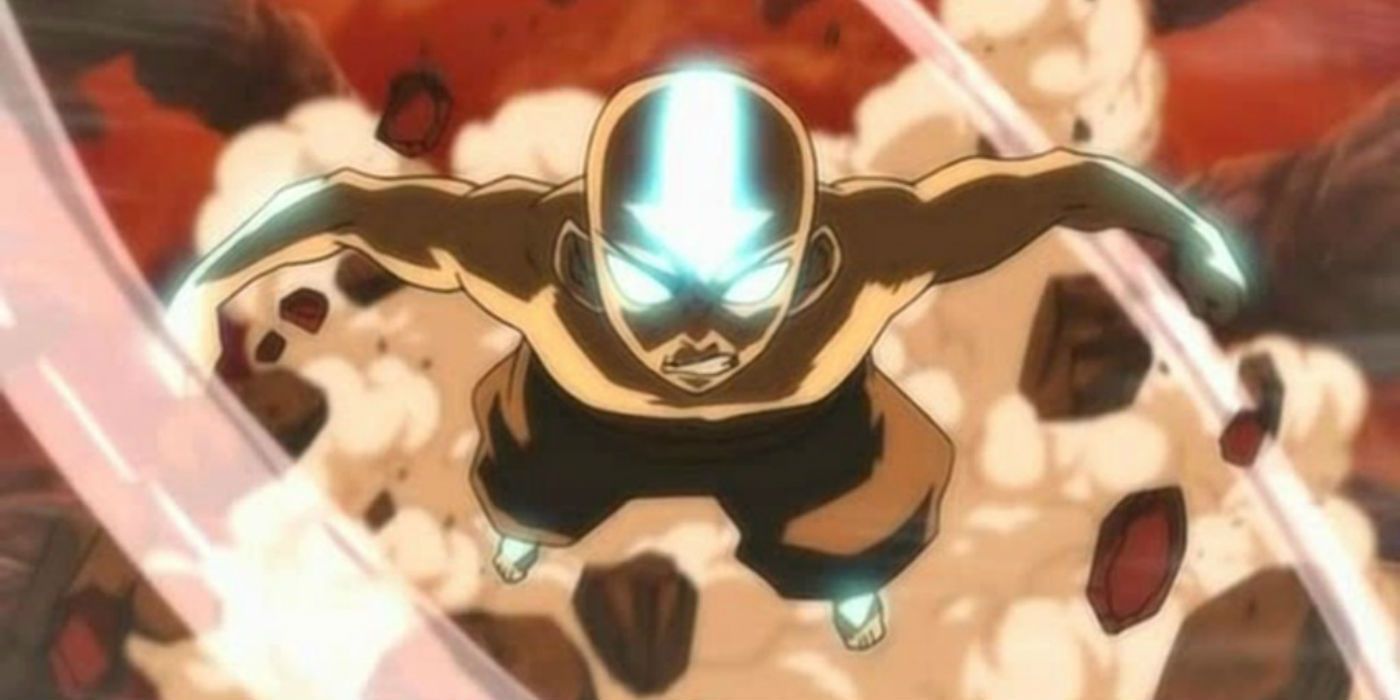
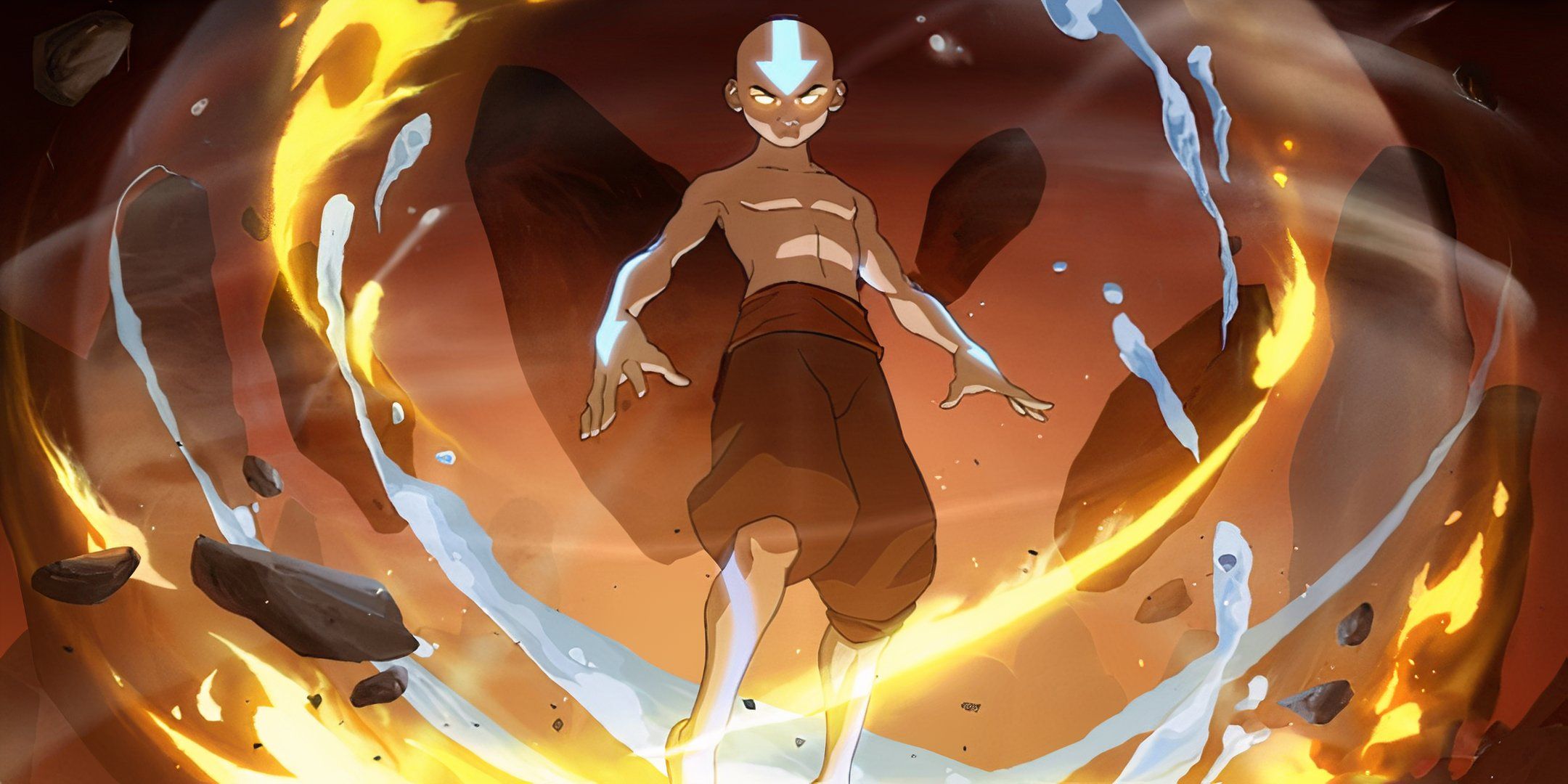
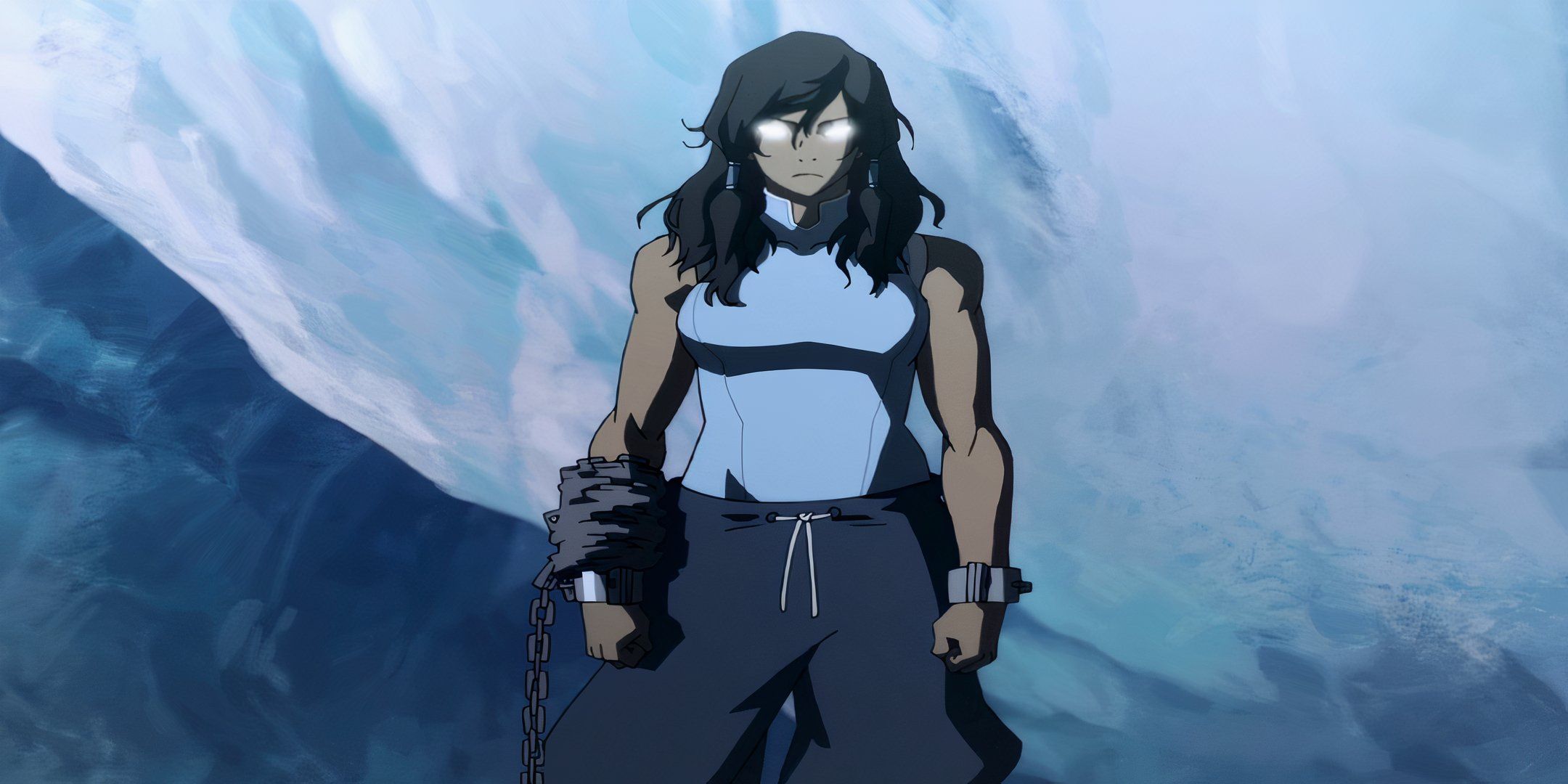
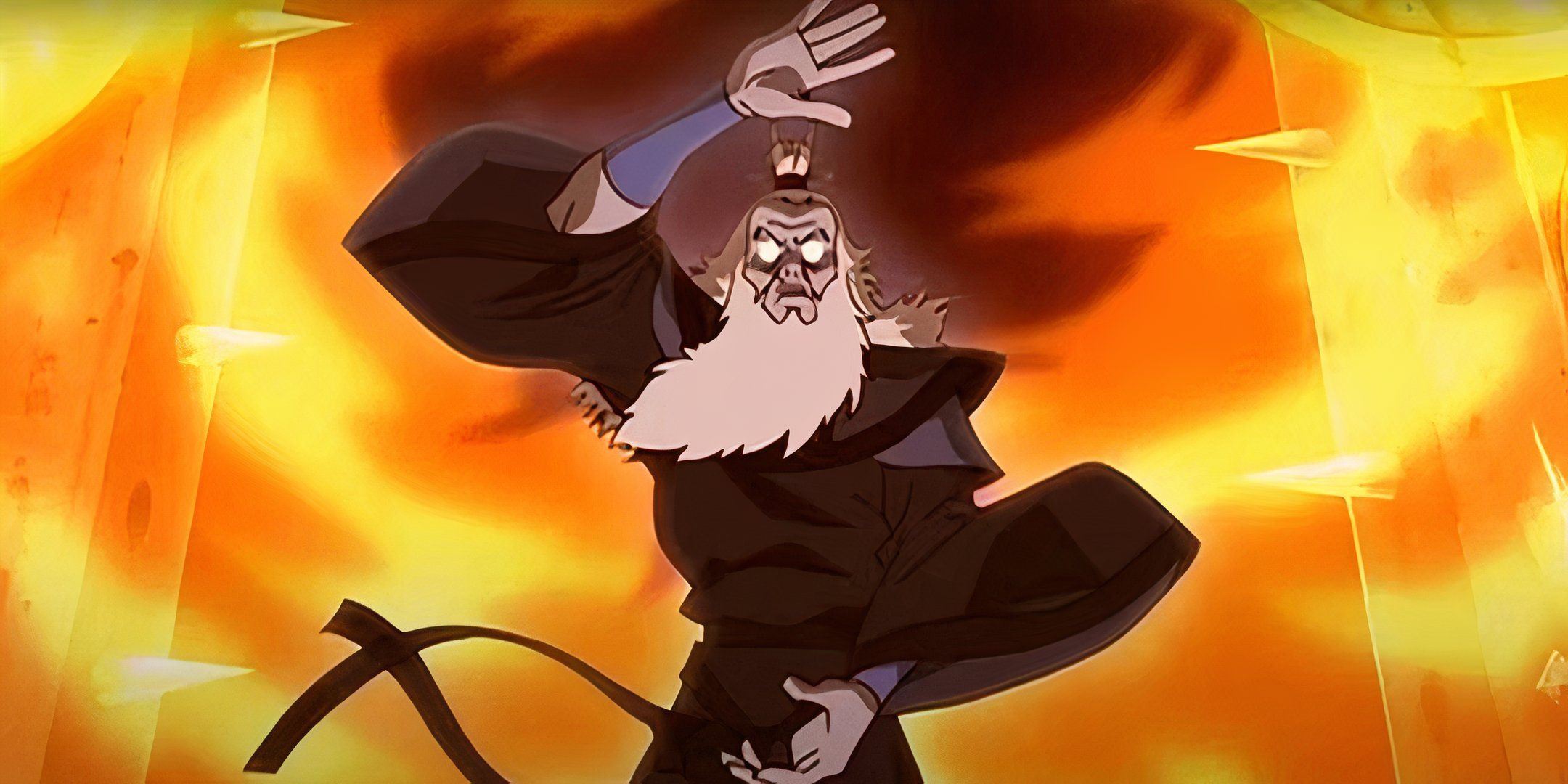
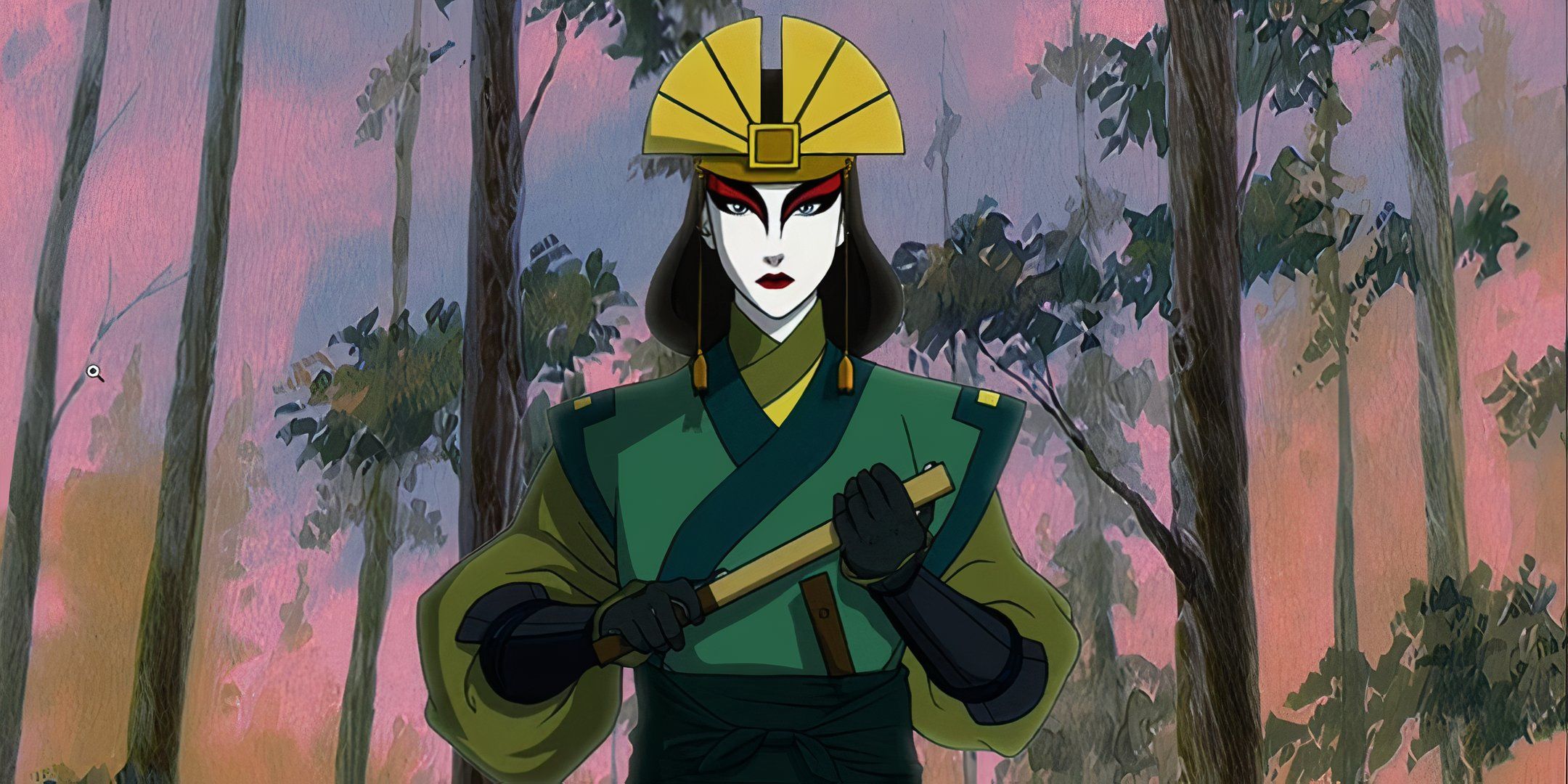
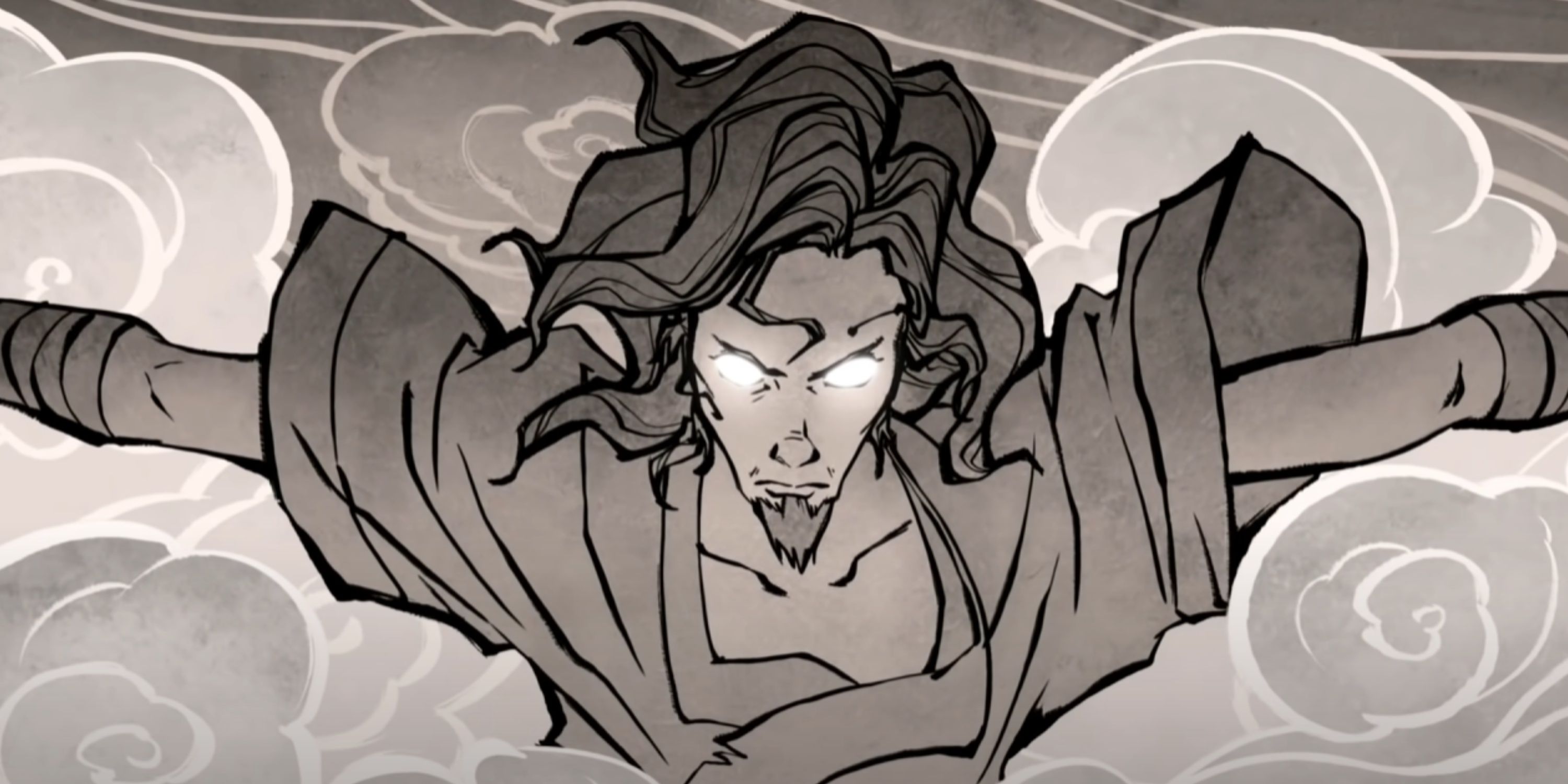

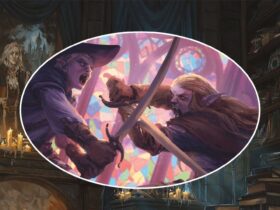

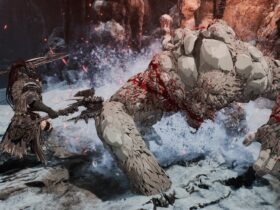



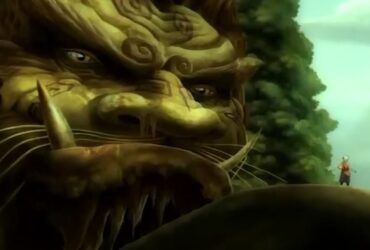
Leave a Reply